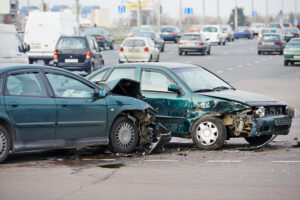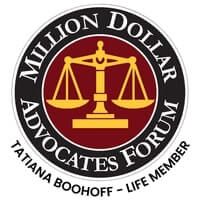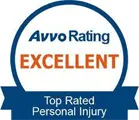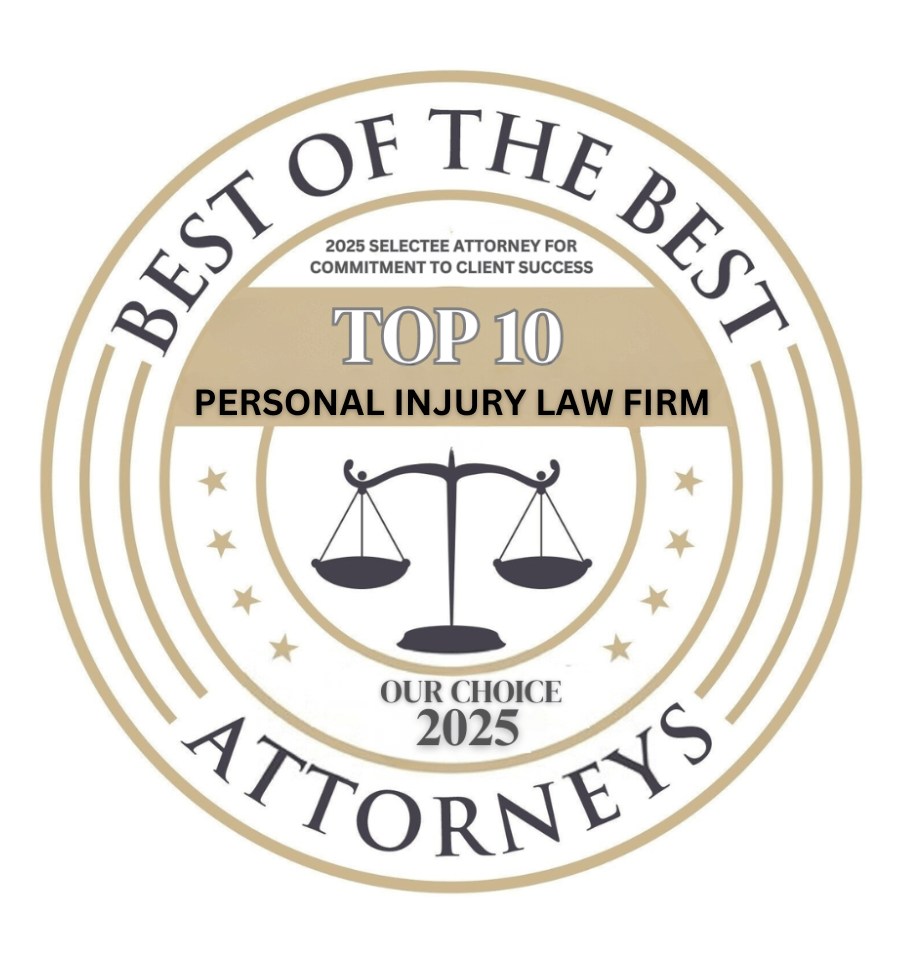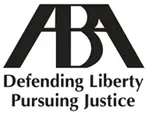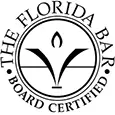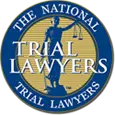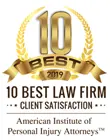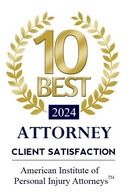Causes of Car Accidents in Seattle
When motorists in Seattle speed, drive distracted, exhibit road rage, or drive while intoxicated, serious car accidents can injure people. If you suffered injuries in a car crash resulting from someone else’s negligence, you want an experienced lawyer on your side who will aggressively fight for you.
A knowledgeable car accident attorney in Seattle can promptly investigate your car crash circumstances, file a personal injury claim on your behalf, and negotiate for the settlement compensation you deserve.
If the insurance company will not compensate you fairly, your lawyer can help you choose the best litigation option for your case.
How and Where Do Seattle Car Crashes Most Often Happen?
Negligence by other drivers is a leading cause of car accidents in Seattle.
This negligence manifests in various forms, each presenting a unique danger to road users:
- Distracted driving is one of the most common forms of driver negligence in Seattle. This includes activities like texting, talking on the phone, eating, or using in-car technologies. Despite Washington State’s strict laws against using handheld devices while driving, distracted driving remains a significant problem, leading to numerous accidents.
- Speeding is another major contributor to accidents in Seattle. Drivers often exceed speed limits – especially on major highways like Interstate 5 and State Route 520. Speeding reduces a driver’s ability to react to sudden changes in traffic conditions, increasing the likelihood of collisions.
- Driving under the influence (DUI) is another severe form of negligence. Alcohol and drugs impair judgment, reaction time, and motor skills, making DUI a leading cause of fatal accidents. Popular nightlife areas, such as Capitol Hill and Belltown, see higher incidences of DUI-related accidents, especially during weekends and late at night.
- Reckless driving, which includes aggressive behaviors like tailgating, weaving through traffic, and disregarding traffic signals, is another significant issue. Intersections in busy neighborhoods like South Lake Union and the University District are hotspots for such reckless behavior, leading to frequent accidents.
- Failing to yield the right-of-way is also a common problem in Seattle. This negligence often occurs at traffic intersections, crosswalks, and highway merge lanes. Drivers who ignore yield signs or pedestrian crossings can cause severe accidents, particularly in densely populated areas like Downtown Seattle.
- Seattle’s weather, characterized by frequent rain and occasional snow, further exacerbates negligent driving behaviors. Wet and slippery roads demand cautious driving, but many drivers fail to adjust their speeds or follow distances accordingly. Areas prone to congestion, like the Mercer Street corridor and the Seattle waterfront, are particularly dangerous during inclement weather.
- Driver fatigue is another significant cause of accidents in Seattle. Long commutes and heavy traffic can lead to drowsy driving, severely impairing drivers’ reaction times and decision-making abilities. The Interstate 90 corridor is especially notorious for accidents resulting from fatigued driving due to its long stretches and heavy use.
Most Common Car Accident Injuries in Seattle
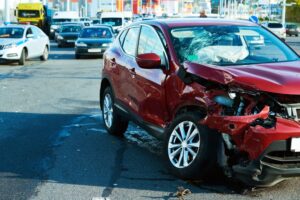
Car accidents in Seattle often lead to severe injuries:
- One of the most frequent injuries in Seattle car accidents is whiplash. Whiplash occurs when the head is suddenly jerked forward and backward, like when a car is rear-ended. This rapid motion can strain the neck muscles and ligaments, causing pain, stiffness, and sometimes headaches. It may not always show up immediately, so see a doctor if you have neck pain after a car accident.
- Broken bones are another common injury in Seattle car crashes. The force of a collision can break bones in the ribs, legs, arms, or skull. These injuries can range from minor fractures that heal quickly to more serious breaks that require surgery and long-term recovery.
- Head injuries are also a major concern. These can include concussions and skull fractures to permanently disabling traumatic brain injuries (TBIs). Symptoms may include headaches, dizziness, confusion, and memory problems. In serious cases, head injuries can lead to long-term complications or even become life-threatening.
- Back injuries frequently occur in car accidents. Herniated discs, which occur when the soft tissue between the vertebrae moves out of place, can cause significant pain and mobility issues. Other back injuries may include painful sprains and strains, which can take a long time to heal.
- Internal injuries are less obvious but very dangerous. The force of a collision can cause internal bleeding or damage to organs like the liver, spleen, or kidneys. These injuries may not immediately manifest but can kill if not treated promptly.
- Lastly, cuts and bruises are very common in car accidents. These can happen from broken glass, impact on the steering wheel, airbags, or other car parts. Many of these serious injuries can lead to significant blood loss or infection if not properly treated.
Proving the Elements of a Seattle Car Accident Case Successfully
Proving the legal elements of a car accident claim or lawsuit in Seattle involves demonstrating four key components: duty, breach of duty, causation, and damages.
To build a successful case, you need a lawyer to establish each element.
- Duty – The first element is to show that the other driver owed you a duty of care. In Seattle, as in other places, all drivers must drive safely and follow traffic laws to protect others on the road. This includes obeying speed limits, stopping at red lights, and not driving under the influence.
- Breach of Duty – The next step is to prove that the other driver breached this duty of care. This means showing that the driver acted as a reasonably careful driver would not have. Examples of a breach can include texting while driving, speeding, running a red light, or driving recklessly. Evidence to support this breach may include eyewitness testimony, traffic camera footage, or police reports.
- Causation – After establishing a breach of duty, you must demonstrate causation. This means proving that the other driver’s actions directly caused the accident and your injuries. It’s not enough to show that the driver was negligent; you must link their negligence directly to the car accident. This often requires detailed evidence, such as accident reconstruction reports, medical records, and expert testimony, to clearly show how the negligence led to your injuries.
- Damages – Finally, you must prove that you suffered damages due to the accident. Damages can include lost income, medical expenses (both past and future), property damage, and pain and suffering. Collecting documentation like medical records, repair bills, and pay stubs can help to substantiate your claims. Record how the injuries have affected your daily life, including any physical pain or emotional distress.
Work with a Seattle car accident attorney who understands local laws and can gather the necessary evidence. An attorney will guide you through the process, clearly demonstrating all legal elements. They can also negotiate with insurance companies on your behalf or represent you in court if needed.
Litigation Options Following a Seattle Car Accident
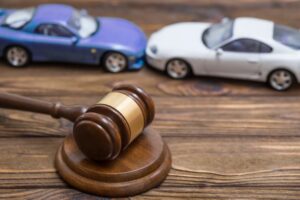
Litigating a car accident case in Seattle becomes necessary when other methods of resolving the dispute fail or when the stakes are high.
Here are some situations when you may – after consulting a lawyer – consider litigation:
- Severe Injuries or Fatalities – If the accident resulted in serious injuries or death, the compensation required is typically significant. In such cases, insurance companies often resist paying the full amount, necessitating litigation to ensure fair compensation.
- Insufficient Settlement Offers – If the insurance company’s settlement offer doesn’t cover medical expenses, lost income, and other damages, going to court can recover the full amount you deserve.
- Uncooperative Insurance Companies – Sometimes, insurance companies delay or refuse to pay valid claims. Litigation can compel them to act and provide the compensation owed.
Litigation Options:
When you decide to litigate, you have several options:
- Jury Trial—You can take the car accident case to a jury trial. This involves presenting the case before a jury, which will determine the outcome. A jury trial can be beneficial because juries are often sympathetic to individuals suffering from an accident. However, it’s also a lengthy and expensive process, requiring strong evidence and witness testimony.
- Bench Trial – Instead of a jury, a judge hears the case and makes the decision at a bench trial. These trials can also be quicker and less costly than jury trials. They may be preferable if the case is complex and requires detailed legal knowledge.
- Mediation – This form of alternative dispute resolution (ADR) involves a neutral third party – the mediator – helping both sides settle. Mediation is usually faster and less adversarial than going to court.
- Arbitration – Another ADR method involves arbitration, in which a neutral third party makes a binding decision after hearing both sides of the case. It is less formal than a trial but can still provide a fair resolution. Arbitration is often faster than court litigation and can cost less.
Choosing the right path depends on the specifics of the case, including the severity of injuries and the parties’ willingness to negotiate. An experienced Seattle car accident attorney can help you determine the best approach for your unique situation.
Recovering Damages Following a Seattle Car Accident
Victims of car accidents in Seattle can receive several types of compensation, depending on the circumstances of the accident and the extent of their injuries.
Here are the main types of compensation available:
- Medical Expenses – These damages cover the cost of hospital stays, surgeries, doctor visits, physical therapy, medication, and any other medical treatments required because of the accident. Victims can also claim future medical expenses if ongoing treatment is necessary.
- Lost Income – If the accident forces you to miss work, you can be compensated for the income you will have earned during that time. This includes both current lost income and any future loss of earning capacity if your injuries prevent you from returning to your previous job or pursuing your career.
- Property Damage – This compensation covers repairing or replacing your vehicle and any other personal property damaged in the accident. It also includes costs like towing and rental car expenses while your damaged vehicle is being repaired.
- Pain and Suffering – Beyond physical injuries, car accidents can cause significant emotional distress and pain. Compensation for pain and suffering aims to address the mental anguish and loss of enjoyment of life that often accompany serious injuries. This type of compensation is more subjective and varies widely based on the effects of one’s injuries on one’s daily life.
- Loss of Consortium—This compensation pays the injured person’s spouse or family members when the accident affects their relationship. It includes loss of companionship, intimacy, and emotional support due to the victim’s injuries.
Also, in cases where the at-fault driver’s behavior was particularly reckless or malicious, the court may award punitive damages. These damages punish the wrongdoer and deter similar conduct.
Moreover, if a car accident results in a fatality, the surviving family members can file a wrongful death claim. Compensation in these cases may cover funeral expenses, loss of future income, loss of companionship, and other related costs.
A knowledgeable car accident lawyer in Seattle can estimate your case’s likely settlement or litigation value and work to secure the full compensation and justice you need.
Call a Knowledgeable Seattle Car Accident Lawyer Today
After suffering injuries in a car crash, a reputable Seattle personal injury law firm can help. A lawyer can answer all of your questions, evaluate your legal options, and help you make intelligent and informed decisions to maximize your overall compensation.
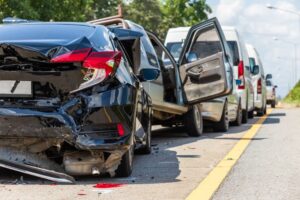
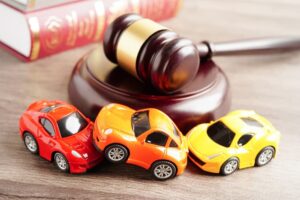

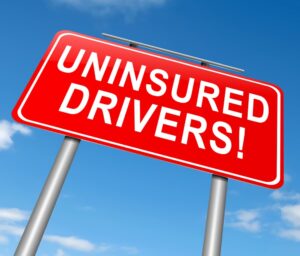
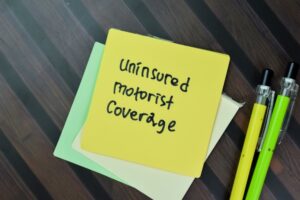
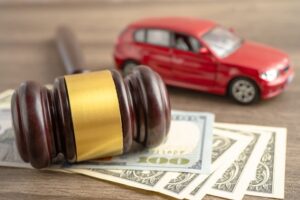
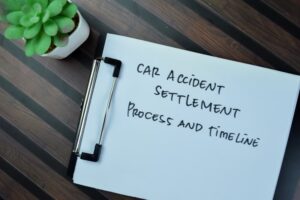 Each car accident case is unique, so the compensation you can claim will vary depending on the circumstances. There is no cookie-cutter typical car accident settlement. The compensation you can claim will vary depending on the circumstances.
Each car accident case is unique, so the compensation you can claim will vary depending on the circumstances. There is no cookie-cutter typical car accident settlement. The compensation you can claim will vary depending on the circumstances.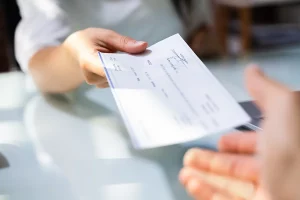

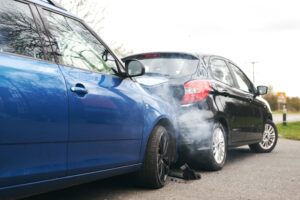 In
In 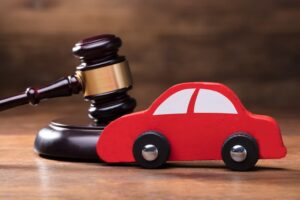 Car accident
Car accident 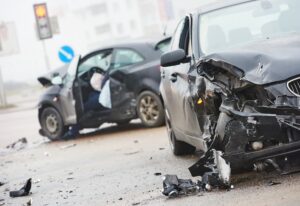
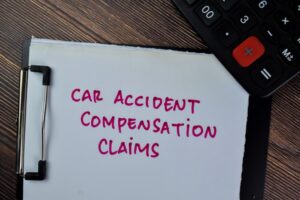
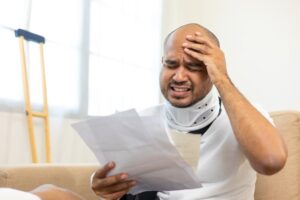
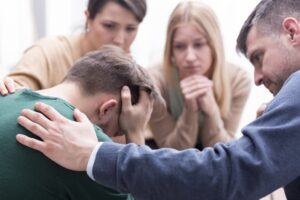

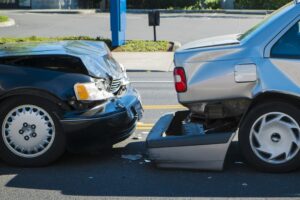
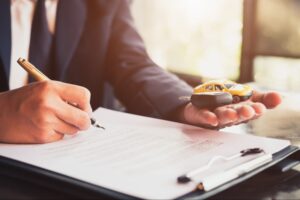
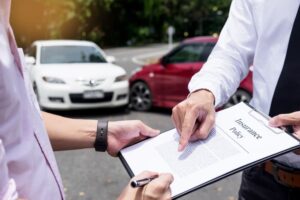
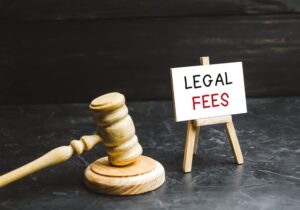
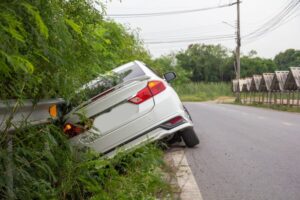
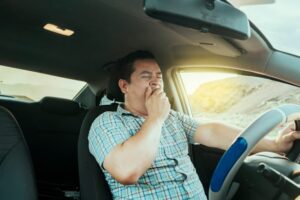
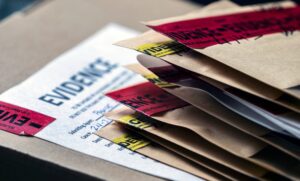

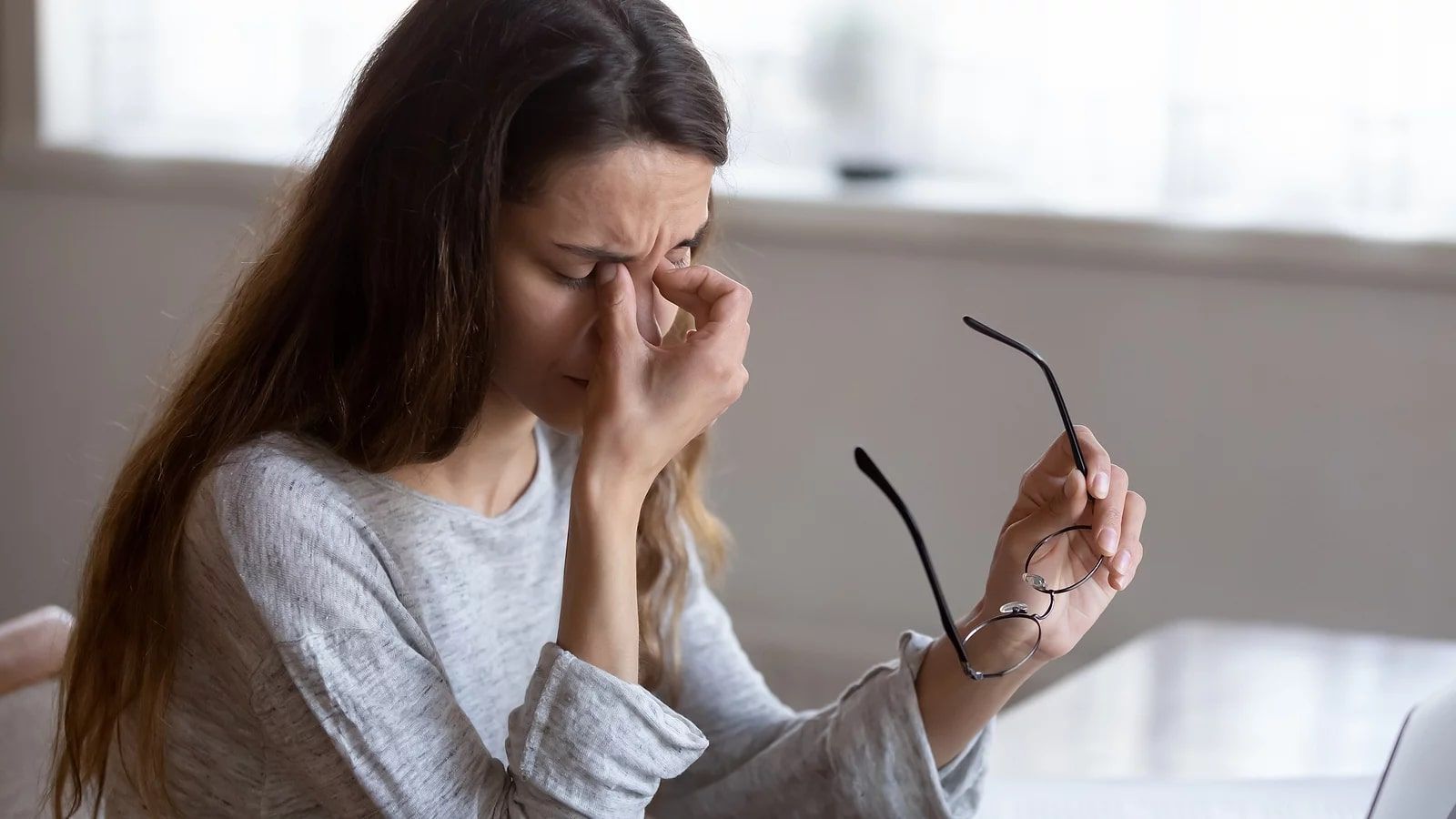
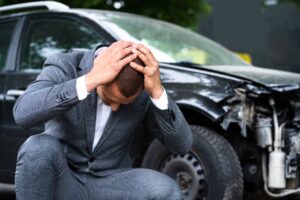 When it comes to car accidents, determining the value of pain and suffering is a complex process. Unlike other damages like medical expenses or property damage, pain and suffering is subjective in nature and doesn’t come with a clear price tag.
When it comes to car accidents, determining the value of pain and suffering is a complex process. Unlike other damages like medical expenses or property damage, pain and suffering is subjective in nature and doesn’t come with a clear price tag. The per diem method assigns a specific daily rate to your pain and suffering and multiplies it by the number of days you’ve experienced pain and suffering. This method is often used in cases where there is no clear-cut economic damage, such as permanent disabilities or chronic pain.
The per diem method assigns a specific daily rate to your pain and suffering and multiplies it by the number of days you’ve experienced pain and suffering. This method is often used in cases where there is no clear-cut economic damage, such as permanent disabilities or chronic pain.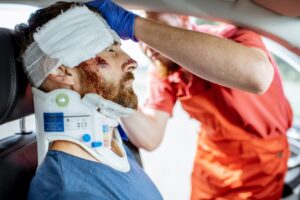 Consider a situation where you were involved in a T-bone collision at an intersection. Despite the absence of serious physical injuries, you now suffer from
Consider a situation where you were involved in a T-bone collision at an intersection. Despite the absence of serious physical injuries, you now suffer from 

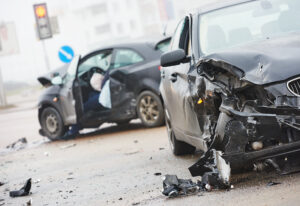
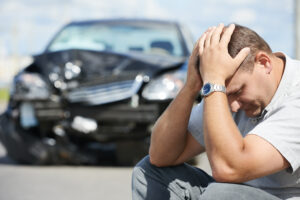 Usually, car insurance policies follow vehicles, not drivers. Yet, someone who takes a vehicle without the owner’s permission, including a thief who steals the vehicle, likely will not have insurance coverage while using that vehicle. The insurance policy may not cover drivers in the owner’s household not named on the policy.
Usually, car insurance policies follow vehicles, not drivers. Yet, someone who takes a vehicle without the owner’s permission, including a thief who steals the vehicle, likely will not have insurance coverage while using that vehicle. The insurance policy may not cover drivers in the owner’s household not named on the policy.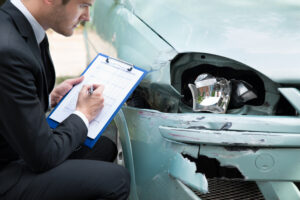 Car accidents occur for many reasons, and the at-fault driver may not bear total liability for the accident.
Car accidents occur for many reasons, and the at-fault driver may not bear total liability for the accident.
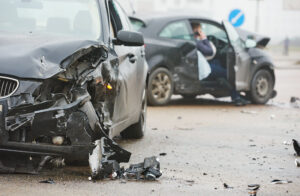
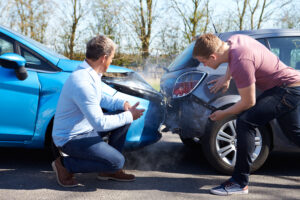 Determining the true value of your multi-car accident claim requires experience, a thorough understanding of the law, access to related resources, knowledge of similar case settlements in the area, and the ability to analyze the specific details of your case. By consulting a knowledgeable car accident attorney, you can rest assured that your claim will be evaluated accurately. He or she will consider various factors such as medical expenses, property damage, lost income, pain and suffering, and future expenses to determine the fair compensation you are entitled to.
Determining the true value of your multi-car accident claim requires experience, a thorough understanding of the law, access to related resources, knowledge of similar case settlements in the area, and the ability to analyze the specific details of your case. By consulting a knowledgeable car accident attorney, you can rest assured that your claim will be evaluated accurately. He or she will consider various factors such as medical expenses, property damage, lost income, pain and suffering, and future expenses to determine the fair compensation you are entitled to.